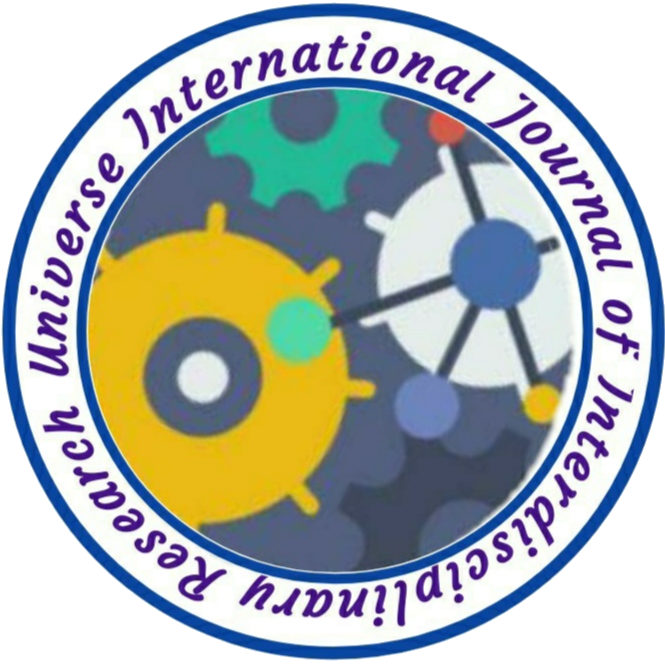DIFFERENTIATED INSTRUCTION AND CONVENTIONAL INSTRUCTIONAL APPROACH IN IMPROVING THE MATHEMATICS PERFORMANCE OF GRADE IV PUPILS IN OLONGAPO CITY, ZAMBALES, PHILIPPINES
Author Name: 1. Philip Omar G. Famularcano 2. Corazon A. Peralta 3. Dr. Elizabeth Nalupa-Farin
Volume/Issue: 03/04
Country: Philippines
DOI NO.: 08.2020-25662434 DOI Link: https://www.doi-ds.org/doilink/09.2022-61744984/UIJIR
Affiliation:
- College of Teacher Education, Graduate School, Ramon Magsaysay Technological University, Zambales, Philippines
- College of Teacher Education, Graduate School, Ramon Magsaysay Technological University, Zambales, Philippines
- College of Teacher Education, Graduate School, Ramon Magsaysay Technological University, Zambales, Philippines
ABSTRACT
The traditional approach using “One size fits all” model, wherein students are subjected to the same teaching styles and evaluation methods irrespective of their ability or interest, is the classroom approach being used by most of the teachers in teaching their learners. The purpose of this study was to test whether Differentiated Instruction leads to better pupils’ performance in Mathematics vis – à – vis conventional instructional approach which assumes “one size fits all.”. The study was conducted at District III - A in the Division of City Schools, Olongapo City. Experimental pre – test/post – test design was used in this study and utilized both qualitative and quantitative research methods. Quantitative research methods allowed the researcher to analyze achievement data for significant variations between classrooms. Moreover, Qualitative techniques permitted the researcher to collect data through observations, survey and interviews. These techniques enabled the researcher to know the nature, readiness, interest, and learning profile of the pupils and used the same information to differentiate every lesson he will deliver. Results of this study show that differentiated instruction yielded a greater increase in the mathematics performance of the Grade IV pupils. This result then confirmed that teachers should consider pupils’ learning styles and abilities before the application of differentiated instruction. This provides the teacher with the necessary information to differentiate for choice and interest, two manageable techniques with which to begin differentiation.
Key words: Differentiated Instruction, Multiple Intelligence Theory, Conventional Instructional Approach

No comment